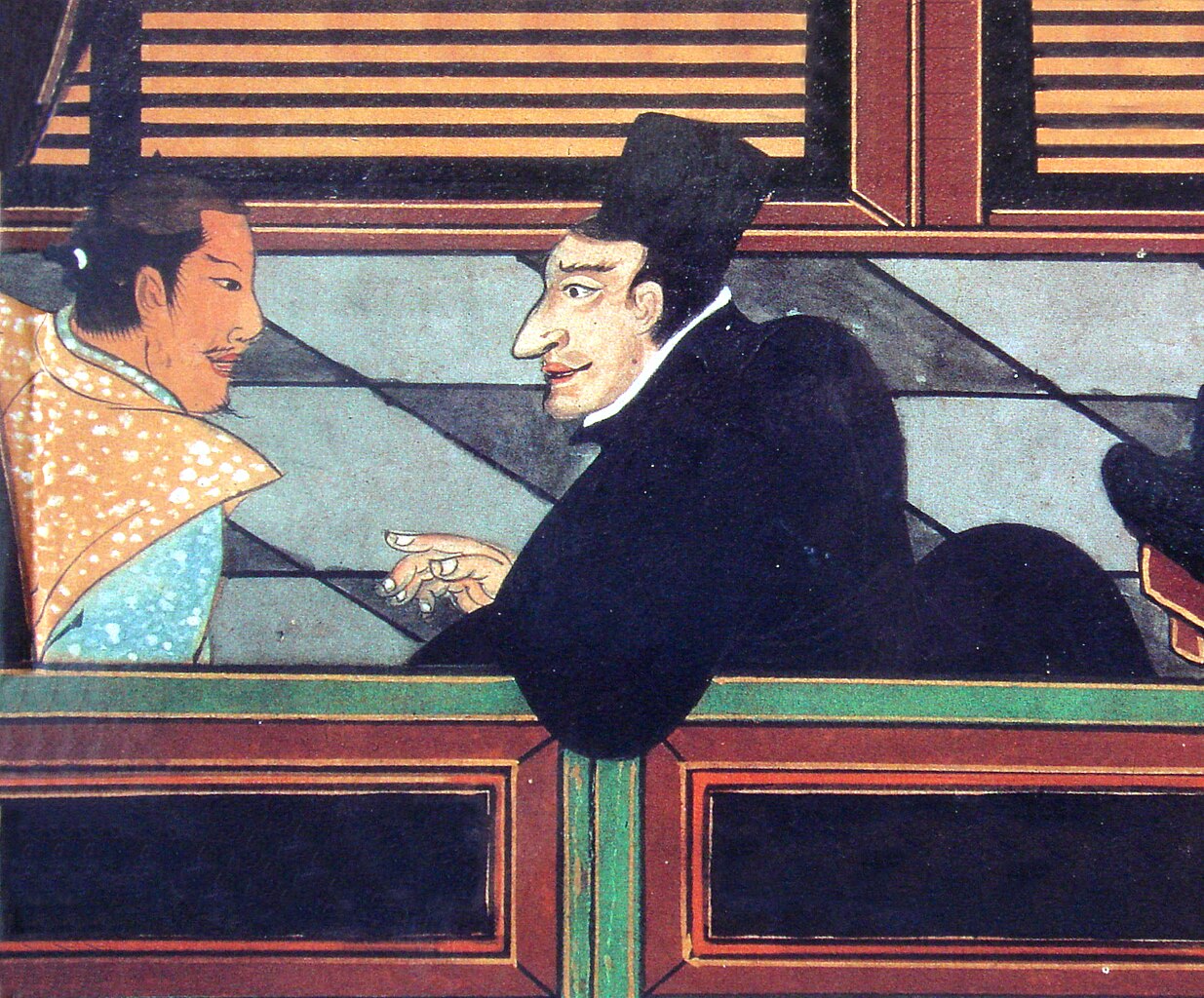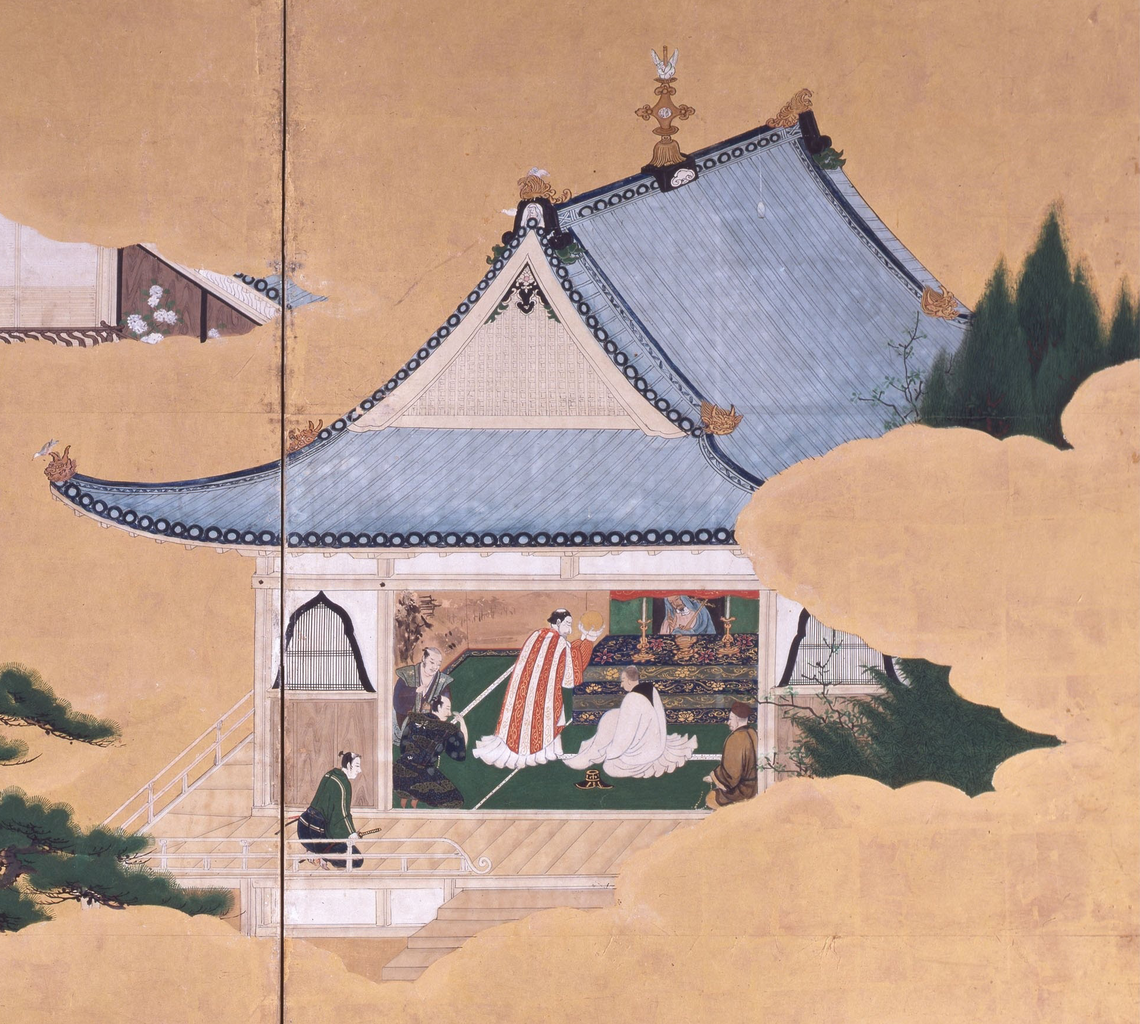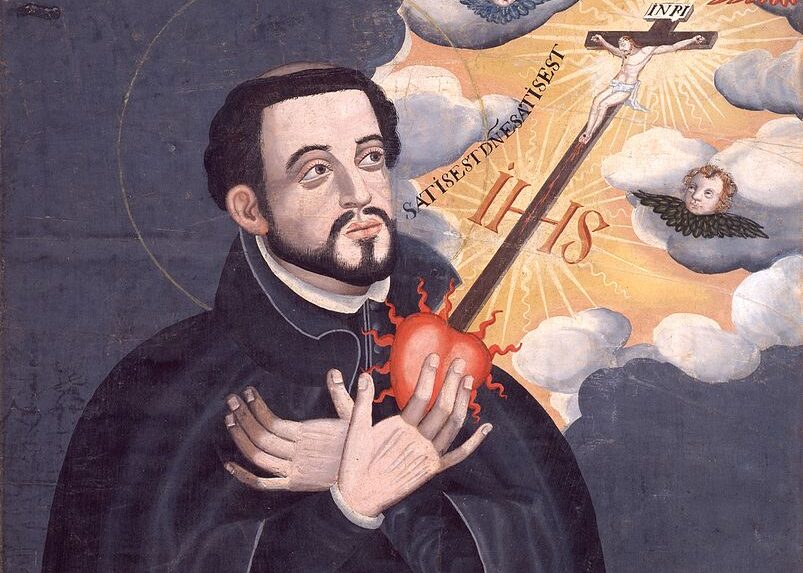Introduction
Christianity’s arrival in Japan brought not just spiritual guidance but also controversy and conflict. The missionaries, mainly Jesuits, introduced Christianity in the mid-16th century. They were initially welcomed by some Japanese, eager to learn about Western knowledge and technology. However, the spread of Christianity wasn’t always peaceful or respectful of Japanese traditions.
Missionaries often used coercive methods to convert people. This included offering material incentives or leveraging political influence. Some local populations resisted these forced conversions, leading to tensions and resentment. The aggressive approach of missionaries disrupted the traditional beliefs and practices in many communities.
Cultural insensitivity further strained relations. Many missionaries showed little respect for Shinto and Buddhist practices, leading to significant cultural clashes. There were instances where Christians destroyed temples and shrines, viewing them as idolatrous. This destruction angered many Japanese and created deep-seated animosity.
Religious intolerance was another dark aspect. In regions where Christianity gained influence, non-Christians faced persecution. This included social ostracism and economic pressures to convert. The intolerance disrupted the social harmony and caused significant suffering for those who resisted conversion.
Political intrigues added to the complexity. Some missionaries involved themselves in local politics, creating power struggles and conflicts. Their interference was seen as a threat to the established order. Japanese authorities viewed this as a danger to their sovereignty, contributing to a negative perception of Christianity.
Forced Conversions
Methods of Coercion
Missionaries often resorted to coercive methods to convert the Japanese people to Christianity. They offered material incentives, such as food, clothing, and shelter, to attract converts. This approach was particularly effective among the poor and those in need. However, it raised ethical concerns about the sincerity of these conversions.
Political Influence
Political influence was another tactic used by missionaries. They formed alliances with local daimyo (feudal lords) who converted to Christianity. These daimyo, in turn, pressured their subjects to convert. This top-down approach often led to resentment among the population. People felt compelled to adopt a new religion, not out of genuine belief, but due to external pressures.
Disruption of Traditional Beliefs
The forced conversions disrupted traditional beliefs and practices. Many communities had long-established religious customs rooted in Shinto and Buddhism. The sudden imposition of Christianity created social tensions. Families and communities were divided over religious differences. This disruption of social harmony had lasting effects.
Resistance and Conflict
Resistance to forced conversions was not uncommon. Some individuals and communities openly opposed the missionaries’ methods. This resistance sometimes led to violent confrontations. The authorities, both local and national, were often drawn into these conflicts. The aggressive tactics of the missionaries thus contributed to broader societal unrest.
Cultural Insensitivity
Disrespect for Local Traditions
Many Christian missionaries showed little respect for Japan’s traditional religions, such as Shinto and Buddhism. They often dismissed these practices as pagan and idolatrous, which offended many Japanese people. This lack of respect created significant cultural friction and alienated potential converts who valued their heritage.
Clashes with Shinto and Buddhist Practices
The introduction of Christianity led to direct clashes with existing religious practices. Missionaries sometimes condemned and sought to eradicate local rituals, festivals, and customs. This approach not only disrespected centuries-old traditions but also threatened the social fabric of communities that had long practiced these customs.
Destruction of Temples and Shrines
In their zeal to promote Christianity, some converts and missionaries destroyed Shinto shrines and Buddhist temples. These acts of vandalism were seen as sacrilegious by the Japanese and led to widespread outrage. The destruction of these sacred sites deepened the cultural divide and fostered resentment toward Christians.
Social Tensions
The aggressive push to convert people often disrupted community harmony. Non-Christian neighbors viewed converts with suspicion and hostility, seeing them as betrayers of their ancestral traditions. This tension sometimes erupted into conflicts, further straining the relationship between Christians and non-Christians.
Religious Intolerance
Destruction of Temples and Shrines
In their zeal to promote Christianity, some converts and missionaries took drastic measures against other religions. They destroyed Shinto shrines and Buddhist temples, viewing these places of worship as symbols of paganism. This destruction was seen as sacrilegious by the Japanese and led to widespread outrage and violence.
Persecution of Non-Christians
In regions where Christianity gained a strong foothold, non-Christians often faced persecution. Converts and missionaries sometimes pressured locals to abandon their traditional beliefs and practices. Those who resisted faced social ostracism, economic sanctions, and sometimes violence. This persecution disrupted social harmony and caused significant suffering.
Social Ostracism
Non-Christians in predominantly Christian areas often found themselves marginalized. Social ostracism was a common tactic used to pressure individuals to convert. Those who refused to embrace Christianity were excluded from community activities and faced discrimination in their daily lives. This social exclusion created deep rifts within communities.
Economic Pressures
Economic pressures were also used to enforce conversion. Converts and missionaries sometimes controlled key resources and trade networks. Non-Christians who refused to convert were denied access to these resources, making it difficult for them to sustain their livelihoods. This economic coercion forced many to convert out of necessity rather than genuine belief.

Political Intrigues
Missionaries in Local Politics
Some Christian missionaries in Japan became deeply involved in local politics. They formed strategic alliances with powerful daimyo (feudal lords) who had converted to Christianity. These relationships often came with political motivations, as missionaries sought to gain protection and influence through their connections with these leaders. This political involvement led to significant power struggles and conflicts within regions.
Creating Power Struggles
The alliances between missionaries and Christian daimyo created tensions with non-Christian daimyo and other local authorities. These power struggles often escalated into violent confrontations as different factions vied for control. The involvement of foreign missionaries in these conflicts was seen as a direct challenge to the existing political order and sovereignty of Japan.
Threat to the Established Order
Japanese authorities, including the shogunate, viewed the political activities of missionaries as a serious threat. The influence that missionaries wielded through their alliances with local leaders was seen as undermining the authority of the shogunate. This perception of a foreign religious power interfering in Japanese politics contributed to the growing hostility towards Christianity.
National Security Concerns
The political intrigues associated with Christianity also raised concerns about national security. The shogunate feared that the increasing influence of Christianity could lead to foreign intervention. This concern was particularly heightened by the presence of European powers that were expanding their colonial empires. The shogunate’s fear of losing control over Japan to foreign powers was a significant factor in the decision to suppress Christianity.
Long-term Consequences
Legacy of Resentment
The aggressive tactics and political meddling of some Christian missionaries left a legacy of resentment in Japan. The forced conversions, cultural insensitivity, and persecution of non-Christians created deep-seated animosity towards Christianity. This resentment was passed down through generations, influencing how Christianity was perceived long after the initial conflicts had subsided.
Survival of Hidden Christians
Despite the suppression, some Japanese Christians continued to practice their faith in secret. Known as “Kakure Kirishitan” or Hidden Christians, they developed unique practices to avoid detection by authorities. These communities preserved their faith for centuries, blending Christian beliefs with elements of Japanese culture. Their survival is a testament to the resilience and adaptability of these early Japanese Christians.
Impact on Religious Policy
The negative experiences with Christianity influenced Japan’s approach to religion and foreign influence for centuries. The shogunate’s harsh policies against Christianity contributed to the broader isolationist policies of the Edo period. The sakoku (closed country) policy aimed to prevent foreign influence and maintain political stability, significantly shaping Japan’s history.
Modern Reconciliation
In modern times, there has been a reevaluation of the historical impact of Christianity in Japan. Efforts have been made to recognize the contributions of Christians and acknowledge the suffering they endured. Memorials and museums dedicated to the history of Christianity in Japan serve as reminders of this complex past. These efforts promote understanding and reconciliation between different cultural and religious groups.
Influence on Japanese Society
The legacy of Christianity, despite its tumultuous history, has left a lasting impact on Japanese society. Christian ideas and institutions, such as schools and hospitals, have contributed to Japan’s development. The cultural exchange that accompanied the introduction of Christianity also enriched Japanese culture, introducing new ideas and perspectives.

Conclusion
The history of Christianity in Japan is a complex and multifaceted tale. While it brought new ideas and cultural exchanges, it also led to significant conflicts and controversies. The aggressive tactics of forced conversions, cultural insensitivity, religious intolerance, and political meddling by some missionaries left a lasting legacy of resentment and mistrust. These actions disrupted traditional beliefs, created social tensions, and led to violent confrontations.
The long-term consequences of these actions influenced Japan’s religious policies and contributed to the country’s isolationist stance during the Edo period. Despite the suppression, the resilience of Hidden Christians and the eventual recognition of their history highlight the enduring impact of Christianity in Japan. Modern efforts towards reconciliation and understanding serve as important reminders of this complex past.
By exploring these darker aspects, we gain a deeper understanding of the challenges and conflicts that shaped Japan’s history. It underscores the importance of respecting cultural differences and the consequences of imposing beliefs on others.
Further Readings
Books
- “Japan and the Jesuits: Alessandro Valignano in Sixteenth-Century Japan” by J. F. Moran
- This book provides an in-depth look at the activities of the Jesuits in Japan, focusing on Alessandro Valignano’s role in shaping their approach to missionary work.
- “Christianity in Early Modern Japan: Kirishitan Belief and Practice” by Ikuo Higashibaba
- Higashibaba explores the beliefs and practices of Japanese Christians during the early modern period, offering insights into how they adapted Christianity to fit their cultural context.
- “The Japanese and the Jesuits: Alessandro Valignano in Sixteenth Century Japan” by J.F. Moran
- This detailed study examines the interactions between the Jesuits and the Japanese, highlighting the cultural and political challenges they faced.
- “Handbook to Life in Medieval and Early Modern Japan” by William E. Deal
- This comprehensive guide covers various aspects of Japanese life during the medieval and early modern periods, including the impact of Christianity and its suppression.
- “Hidden Christians in Japan: Understanding the Context and Legacy of Kakure Kirishitan” by S. C. Furukawa
- Furukawa’s work focuses on the Kakure Kirishitan, or Hidden Christians, exploring their secret practices and enduring legacy.
- “Japan’s Hidden Christians, 1549-1999” by Stephen Turnbull
- Turnbull’s book traces the history of Hidden Christians from the arrival of Christianity in Japan through centuries of persecution and secrecy, providing a thorough overview of their experiences.
- “The Samurai and the Cross: The Jesuit Enterprise in Early Modern Japan” by Jeroen Lamers
- Lamers explores the relationship between the samurai class and the Jesuit missionaries, examining how their interactions shaped the course of Japanese history.
- “Christianity and Imperial Authority in Japan (1549-1640)” by R. Shimizu
- This book delves into the complex relationship between Christianity and the Japanese imperial authority, analyzing the political and social ramifications of this interaction.
Articles
- “The Bells of Nagasaki” by Takashi Nagai
- This autobiographical account by a Christian survivor of the Nagasaki atomic bomb provides a personal perspective on the impact of Christianity in Japan during the 20th century.
Novels
- “Silence” by Shusaku Endo
- Although a novel, “Silence” offers a powerful and moving depiction of the persecution of Christians in Japan during the 17th century. It provides a fictionalized yet historically grounded perspective on the challenges faced by early Japanese Christians.

